By Steve Penfield
The Unz Review
Republican Hoover built the federal broadcasting shield in 1927. Roosevelt fashioned it into a weapon in 1934 and Democrats have never put it down since. One might consider the elaborate FCC speech barriers: A Poll Tax on Public Debate
One of the more enduring myths accepted as reality in our modern society is that America has a relatively free press. The ruling authorities and their entrenched accomplices promote that lie as diligently as they work to ensure that it never again becomes true.
America did have a mostly free and independent press until the rise of broadcasting in the 1920s. Within a few years, a small group of Republicans, progressives and corporate interests successfully nationalized the airwaves with restrictive licensing that blocked competition, rewarded insiders and squelched dissent.
Over the next few decades, the increasingly powerful medium of radio and then television drowned out the previously broad spectrum of information and ideas—with often three or more diverse choices of daily newspapers in many U.S. cities—and turned free speech into carefully rationed federal broadcasting privileges, their anointed urban newspaper monopolies and a few approved magazines.
One of the more ironic parts of this forgotten history is that a Republican, Herbert Hoover, led the initial charge to politicize the press. When the more authoritarian FDR took the reins in 1933—holding onto power until his death in 1945—he would ultimately purge the airwaves as well as the newspaper and magazine stands of the nation’s greatest commentators, publishers, editors and writers. In their absence, only pro-war / pro-welfare state neo-liberals and neo-conservatives would survive in mainstream media for generations to come.
During Roosevelt’s tenure in office, administration officials and prominent associates would wage a scorched-earth campaign against any independent voice of dissent while generously rewarding supporters. Popular radio talk-show hosts Father Charles Coughlin and Boake Carter were dramatically forced off the air. New Republic columnist and author John Flynn was successfully targeted for censorship by FDR himself. Independent newspaper publisher William Randolph Hearst, a lifelong Democrat who initially supported FDR but later soured to New Deal abuses, was vilified and marginalized. Robert “Colonel” McCormick of the Chicago Tribunegot roughed up by Roosevelt’s cronies in a similar fashion.
(Anti-New Deal publishers Hearst and McCormick were so popular with the general public that their newspaper “holdings comprised over 50 percent of the country’s Sunday circulation” according to pro-FDR media historian Betty Houchin Winfield. Once those independent newsmen’s reputations were destroyed, establishment papers in New York and Washington D.C. would come into prominence.)
The Hollywood studios of Walt Disney were occupied by federal troops one day after Pearl Harbor. The editor and lead columnist for the Saturday Evening Post—middle-America’s most admired weekly read—were run off the magazine. Libertarian writer, Albert Jay Nock, was blacklisted. Editor for the liberal Nation magazine, Oswald Garrison Villard, met the same fate. Famous aviator and anti-war spokesman, Charles Lindbergh, found himself viscously condemned by pro-war media for quietly speaking the truth. Popular syndicated columnist at the Baltimore Sun, H.L. Mencken, may have “voluntarily” went into oblivion under hostile conditions that still don’t make sense.
These are just some of the big names that went down with a fight. (All of the boldednames above will receive some overdue exoneration a bit later.) No one will ever know how many other smaller fish were scared off from honest reporting as a result of political pressure.
Today, this would be like President Trump having his underlings run coordinated smear campaigns and putting the Washington Post, Time magazine, and both MSNBC and CNN out of business or replacing their editorial staff with reliable pro-Trump lackies. To complete the parallel, a Trump campaign spokesman in Hollywood would have to direct a movie portraying a major publisher (say, Arthur Sulzberger of the NYT) as a hideous demagogue… all in good sport, of course.
(Mainstream media goes berserk when Trump merely defends himself from personal attacks during hostile press conferences or from wild conspiracy theories. Back in the 1930s, reporters were far more dignified in their principled disagreement with New Deal policies. And President Roosevelt was much more underhanded in dealing with the press than Trump’s frequent social-media salvos—many of which are so obvious as to be written in ALL CAPS.)
Hoover’s Enduring Legacy: A Poll Tax on Public Debate
Republican Herbert Hoover—who served as President from March 1929 to March 1933—is most known for being the unlucky occupant of the Oval Office during the New York City stock market crash of October 1929. (The Governor of New York at this time—Franklin Delano Roosevelt—usually gets left out of that narrative.)
“Wonder Boy” Hoover—as nicknamed by Republican predecessor Calvin Coolidge over his penchant for meddling—took major strides to increase spending, bailout failed banks, micro-manage the economy and “take action” during his single term in office. Unfortunately, his political mischief was not limited to economics.
Hoover’s most enduring and damaging legacy to overall freedom in America—rarely acknowledged in mainstream press—was his nationalizing of all formerly private and well-established common law broadcasting property rights, as documented by economist Thomas Hazlett and others. Hoover himself would later reminisce in his 1952 memoirs:
“One of our troubles in getting legislation [to nationalize the airwaves] was the very success of the voluntary system we had created. Members of the Congressional committees kept saying, ‘it is working well, so why bother?’” (as quoted by B.K. Marcus)
As Secretary of Commerce under Presidents Harding and then Coolidge, Hoover used his position to reward large corporations (that eventually became propaganda monoliths NBC and CBS and subsequent replicas) by severely restricting access to the airwaves, while empowering government to arbitrarily harass any independent voices, which gradually disappeared from mass-media over the next generation. The resulting Radio Act of 1927 created sweeping federal powers to award or deny initial membership privileges (with periodic renewals) to an exclusive broadcasting fraternity based on subjective standards of operating in the “public interest, convenience, and necessity.”
One of the few books available on the topic of federal broadcast rationing is Rebels on the Air: An Alternative History of Radio in America, by Jesse Walker of Reason magazine. Delving into the political atmosphere of the time, Walker notes:  Reclaiming the America… Justin Raimondo Best Price: $6.95 Buy New $5.00 (as of 12:15 EDT – Details)
Reclaiming the America… Justin Raimondo Best Price: $6.95 Buy New $5.00 (as of 12:15 EDT – Details) 
Every year from 1922 to 1925, Hoover hosted a national conference for the radio industry. The legal scholar Jonathan Emord, drawing on the conference records, has sketched a convincing theory of competition-fearing broadcasters [such as RCA-NBC and its parent companies General Electric and Westinghouse] and power-seeking government officials reaching a quid pro quo: “in exchange for regulatory controls on industry structure and programming content, industry leaders would be granted the restrictions on market entry that they wanted.”
Another good read on New Deal media history is Justin Raimondo’s Reclaiming the American Right: The Lost Legacy of the Conservative Movement. This book, written in 1993 and updated in 2008, has entire chapters on Garet Garrett of the Saturday Evening Post, columnist and author John Flynn, and publisher Robert McCormick of the Chicago Tribune. These chapters cover about 100 pages and provide excellent insights to the time period. Strangely, the author couldn’t afford a single kind word for popular independent publisher Bill Hearst (barely mentioned) or any acknowledgement at all for radio sensation Charles Coughlin—both targets of FDR suppression.
Robert Murphy’s Politically Incorrect Guide to the Great Depression and the New Deal provides a refreshing history of 1920s to 1940s economic affairs, with lengthy excerpts from other good books on the subject. Unfortunately, the P.I. Guide falls for the myth of a “liberal” media and omits any reference to the landmark Radio Act of 1927 or the Communications Act of 1934.
A 2004 essay by B.K. Marcus published by the Mises Institute gives a concise account of federal broadcasting controls. This work excels on legal theory and general history, but is silent on Roosevelt. A 2017 article in Reason magazine titled “FDR’s War Against the Press” finally sheds some light on this dark chapter of American culture, but leaves most of the victims buried and forgotten. I hope to expand upon all of the above.
Outside of these few offerings (and some obscure books and articles footnoted therein) mainstream media shows virtually no interest in Roosevelt’s harsh treatment of the press, which was calculated and brutal. Wikipedia goes to great contortions to justify Roosevelt’s censoring, as we shall soon see. PBS’s 13-hour infomercial “The Roosevelts – An Intimate History” (available on Netflix) manages to be even worse. When it comes to New Deal narratives, Hollywood and major media offer only glib platitudes on FDR’s efforts for “saving” the nation and providing “relief” for the common man—both of which are highly debatable. (Mr. Murphy’s P.I. Guide and economist Robert Higgs give ample evidence to suggest that Hoover and especially FDR made the Depression worse.)
To date, nothing I can find in mainstream or alternative media does justice to the enormous harm to public welfare caused by FDR’s war on the press, or Hoover’s enduring legacy of federal broadcasting controls. These arbitrary restrictions on the most powerful medium of news publishing amount to a crushing poll tax on public debate—far more debilitating than the despised poll tax on voting had ever been.
The contrast in restricted speech rights and nearly unlimited voting privileges is dramatic. The traditional poll tax required prior to voting in some southern states—banned in federal elections by the 24th Amendment in 1964 and outlawed in allelections by the Supreme Court in 1966—had only cost a few dollars. Yet poll taxes supposedly created insurmountable obstacles to poor people expressing their inalienable right to vote, which often means voting themselves more welfare. Federal speech restrictions effectively disenfranchise over 99.9% of Americans, rich or poor, from the powerful platforms of radio and TV broadcasting.Nonetheless, modern politicians and approved pundits unanimously support FCC speech rationing to keep out independent voices.
With a second (ostensibly “green”) New Deal in the works and internet freedom under constant threat, a more thorough history of the original New Deal in relation to independent reporting is long overdue.
“I can lead a nation with a microphone” (from Flobots’ song “Handlebars”)
When it comes to Franklin D. Roosevelt and the media, most mainstream accounts show a charming FDR comforting American families gathered round their home radios, in some cases, next to a fireplace. And that’s about as deep as the story goes.
During his three-plus terms in office, Roosevelt staged 30 such “fireside chats.” Some of them, like during the 1933 banking collapse and his 1941-42 maneuvering the U.S. into war, engaged over half the nation listening in to his well-rehearsed speeches.
Conventional accounts—in Wikipedia, the PBS-Roosevelt docudrama, multiple books and dozens of articles I’ve reviewed—never mention that these “chats” were advertising for partisan Democrat purposes. As such, the unilateral Roosevelt speeches were multi-billion-dollar political gifts in today’s currency. There was apparently no opportunity for a GOP response. And the radio press was largely neutered in its ability to put any of Roosevelt’s wild proposals into context.
What precipitated the climate of fear in broadcasting is another topic of embarrassment rarely mentioned in mainstream circles. Thanks to the efforts of Herbert Hoover and some liberal sponsors of corporate media control, the Radio Act of 1927 created the Federal Radio Commission (FRC) and gave it enormous latitude for enforcement. Giant corporations got the broadcasting cartel they longed for. Liberals got a tool for censorship they desired.
FDR’s handywork in the Communications Act of 1934 replaced the FRC with the Federal Communications Commission and gave government regulators even more arbitrary power. And Franklin Roosevelt frequently used these broad powers to his advantage. In the New Dealers’ opinions, criticizing FDR’s frenetic policies was never in the “public interest.”
University of Alabama history professor David Beito’s 2017 article “FDR’s War Against the Press” recounts some of the early fears of U.S. radio broadcasters. While Roosevelt complained bitterly about the “poisonous propaganda” of newspaper columnists:
Roosevelt’s relationship with radio was warmer. The key distinction was that broadcasters operated in an entirely different political context: Thanks to federal rules and administrators, they had to tread much more lightly than newspapers did. At its inception in 1934, the Federal Communications Commission (FCC) reduced the license renewal period for stations from three years to only six months.
Mr. Beito explains how federal rules impacted radio broadcasters during the New Deal, at a time before television was commercially available:
It did not take long for broadcasters to get the message. NBC, for example, announced that it was limiting broadcasts “contrary to the policies of the United States government.” CBS Vice President Henry A. Bellows said that “no broadcast would be permitted over the Columbia Broadcasting System that in any way was critical of any policy of the Administration.” He elaborated “that the Columbia system was at the disposal of President Roosevelt and his administration and they would permit no broadcast that did not have his approval.” Local station owners and network executives alike took it for granted, as Editor and Publisher observed, that each station had “to dance to Government tunes because it is under Government license.” Some dissident radio commentators, such as Father Charles Coughlin and Boake Carter, gained wide audiences. But radio as a whole was firmly pro-Roosevelt—and both Coughlin and Carter were eventuallyforced off the air for pushing the envelope too far.
For this essay, I’ll only touch briefly on radio personality Boake Carter before moving on to more household names. Though long forgotten, he was once high on Roosevelt’s hit list.
Boake (pronounced “boke”) Carter was born in England, moved to America in 1921 and began radio commentary in 1930. Wikipedia states:
In 1936, he had more listeners than any other radio commentator. … But by 1937, the Roosevelt White House already had three federal agencies investigating him. In 1938, under pressure from Roosevelt’s allies, he lost his WCAU [Philadelphia] job, was barred from CBS, and lost his General Foods sponsorship that had replaced Philco [Radios]. With his removal, there was no longer any popular radio commentator who opposed Roosevelt’s foreign policy.
The last sentence in bold seems to forget another prominent radio opponent of FDR’s foreign policy—Father Charles Coughlin, who was banished in 1940—but we get the drift. Based on Wikipedia’s hostile description of Boake Carter, one academic article online (that engages in overt victim shaming) and a surviving radio broadcast I could find, Mr. Carter was confident and eloquent, a World War I vet who understood the foolishness of unnecessary conflict, a critic of the New Deal and opponent of union violence. Naturally, radical leftists hated him. Modern historians have no use for him either.
Of all the Roosevelt purge victims, Wikipedia’s treatment of Boake Carter is arguably the least biased. For those on Roosevelt’s enemies list, contemporary historiography gets considerably worse. Yet others in the news media during the New Deal managed to stay in FDR’s favor.
Rewards for Loyal Press Servants
A separate essay could be justified to cover the corresponding rewards that the Roosevelt administration made available to the increasingly dominant throngs of pliant pressmen. Media historian Betty Houchin Winfield’s 1990 book FDR and the News Media scratches the surface on this important topic, but leaves more questions than answers. 
The Politically Incorr… Robert Murphy Best Price: $3.89 Buy New $10.53 (as of 06:40 EDT – Details) 
Exclusive broadcast licensing rewarded primarily NBC and CBS with a near stranglehold on the airwaves throughout the Great Depression. Roosevelt also managed White House print media correspondents with strict access privileges that meant life or death to a journalist’s career.
While Ms. Winfield—a Missouri state professor and federal grant recipient—allows glimpses of pro-Roosevelt press gullibility, she remains harsh about all critics of the New Deal. For instance, Charles Coughlin was guilty of “demagoguery.” H.L. Mencken was “hostile” and “furious.” The “antagonistic” publishers Robert McCormick and William Randolph Hearst were waging a “frontal attack on those New Deal social and economic changes” out of their own “vested interests.” Professor Winfield provides almost no journalistic evidence in these men’s own words to corroborate her orthodox conclusions. Disagreeing with the New Deal simply means you are a bad person, according to this government scholar and many others in mass media.
Ms. Winfield—would could pass for a “moderate” by MSNBC standards—cites a few powerful but isolated anecdotes on gushing press adoration of Roosevelt’s antics, usually couched in the author’s own admiration for her subject. Franklin Roosevelt was so brash in his manipulation of the press:
Roosevelt would tell the correspondents exactly how to write stories. … “I suppose if I were writing your stories for you, I would say it is the most brutally frank Budget Message ever sent in.” … “In other words, if I were writing the story today I think it would be perfectly all right to say this, without putting in on me…” [about the “obligation” of his federal housing programs] The reporters became so used to his demands that by 1934 they began asking him for his news interpretations. (Winfield page 40, with more quotes like that)
One of many reporters who struggled to maintain his objectivity was Arthur Krock, Washington bureau chief of the New York Times. In Mr. Krock’s own memoirs, he described being questioned by FDR for not attending the jovial White House press performances. In response to Roosevelt’s query, Krock expressed his own difficulty in keeping his “objectivity when I’m close to you and watching you in action. You charm me so much that when I go back to write comment on the proceedings, I can’t keep it in balance.” (Winfield page 65)
Roosevelt would later reward Krock with an exclusive interview where FDR rationalized his failed court-packing plan of 1937. Historian Winfield “outs” Krock for violating press guidelines and allowing Roosevelt’s press secretary to review and edit his sensational “scoop” article published in the New York Times. Mr. Krock would be rewarded with a Pulitzer Prize for this adulterated reporting the following year.
The New Dealers’ arsenal also contained hundreds of federal employees in media relations who produced thousands of one-sided marketing handouts to frame a story to Roosevelt’s advantage, apparently a first in non-wartime American politics. Democrat publicity bureaus’ use of “press releases” to spin stories in Roosevelt’s favor was so great that:
In less than one year, the NRA [industrial cooperation agency] issued 5,200 handouts and the AAA [agricultural office] almost 5,000. … In the 1939 study Government Publicity, James L. McCamy found that during a seven-week period in 1937 the New York Timesprinted 1,281 items which appeared to have been released or influenced by administration publicity offices. (Winfield pages 90-91)
By 1940, newspaper publishers were so eager to gain favor with the powerful New Deal office of communications that 135 papers carried the musings of FDR’s wife, Eleanor, in her daily column. No president before or after Roosevelt has attempted such an overt spousal accommodation via the press.
The potentially larger problem of broadcast jingoism—simplicity and repetition of the New Deal’s favorite buzzwords—can only be assumed at this point based on a few surviving anecdotes and knowing the pattern of modern State media (fond of terms like “family farmers,” “climate change,” “social security” and other expensively misleading slogans). Until comprehensive transcripts of radio and television broadcast news become available, this segment of media history remains largely untold.
Roosevelt’s War on ‘The Colonel’
For our “feature length” members of FDR’s enemies list, a good place to start is in the American heartland. Pretty much from day one of the Roosevelt revolution, New Dealers set their targets on Robert “Colonel” McCormick and his Chicago Tribune.And they never took a break.
From the moment the Prince of Hyde Park, New York declared his candidacy for the highest office in 1932, Chicago’s leading paper had never bought into the Roosevelt charm. Actually, McCormick was familiar with Roosevelt from their time shared at the elite Groton prep school at the turn of the century, according to historian Ralph Raico. And he wasn’t impressed.
Now as an adult, McCormick—a trained lawyer and distinguished World War I veteran—diligently exposed the legal usurpations, agricultural ruin, union excesses and other economic chicanery throughout Roosevelt’s dreadful tenure. And he did it on a daily basis in America’s second biggest city, with the largest circulation among broadsheet newspapers. To get some idea of how seriously Roosevelt took criticism from his old schoolmate, Justin Raimondo’s chapter (page 151) on Colonel McCormick gives insight:
The Tribune featured a cartoon on the front page, and the New Dealers lived in terror of the deft pen strokes of [the paper’s two leading cartoonists]. Frank C. Waldrop, in The Colonel of Chicago, relates the fact that “[i]t was no idle rumor that men who knew their business took care to stay out of harm’s way, if possible, on days that Mr. Roosevelt… and other dignitaries of quick-firing temperament, had been depicted.”
When FDR tried to use his ill-conceived National Recovery Administration (NRA) to seize effective control of the newspaper business during his first term, McCormick spoke out for press freedom during the annual meeting of the American Newspaper Publishers Association held in Manhattan. Based on popular mythology of a “liberal” Roosevelt fighting for American freedoms, one might think that New Dealers would welcome such an event. But that was not the case.
As McCormick lashed out at FDR inside the hall, 250,000 true believers in the [NRA] Blue Eagle paraded down Fifth Avenue, banners flying and in an ugly mood. This was the first indication that Roosevelt and his NRA mobs were getting ready to move against their opponents in the press… That summer in Washington, the NRA staged a propaganda campaign of unprecedented proportions, with marches, rallies, threats of boycott—and worse—for those who failed to cooperate. (Raimondo page 153)
Roosevelt hated the Chicago Tribune to such an extent that he worked with a wealthy supporter, silver-spoon retail heir Marshall Field III, to open a competing newspaper—the Chicago Sun in 1941 to siphon off the Tribune’s readers. But the public paid little attention to this obvious stunt.
Once the insipid “Franklin Son” was up and running, Roosevelt used his Attorney General to interfere with the Tribune’s exclusive franchise with the Associated Press, launching a three-year court battle that ended in 1945 with a victory for the meddling president. (To get some feel for the disposition of Mr. Field, he would later finance and sit on the board of directors for Chicago’s professional community agitator Saul Alinsky.)
From the mid-1930s until the end of the war, the Chicago Tribune endured public burning of its newspapers, angry protests, boycotts, shrill pamphlets, vicious personal smears in the pro-FDR press, IRS harassment and even treats of prosecution for “treason.” The Tribune survived the affair, but was financially and politically damaged.
This was Franklin D. Roosevelt in action. And he had a few more scores to settle.
Citizen Roosevelt Goes after ‘The Chief’
Next up for the Roosevelt treatment was publisher William Randolph Hearst. Mr. Hearst—known as “the Chief” to his many staff writers—was a lifelong Democrat who initially supported FDR in 1932 but increasingly soured to the New Deal around the middle of Roosevelt’s first term.
With any mention of Big Bad Bill Hearst, some overdue words of correction are needed to address the festering myths circulated by his contemporary adversaries as well as their surviving heirs in corporate media. Both groups hold congenital disgust for independent publishing that cannot be squared with reality.
A good read for anyone interested in this great American icon is the 2000 biography The Chief: The Life of William Randolph Hearst by David Nasaw. The book’s author generally favors a state-run economy and supports U.S. involvement in Europe’s War of the 1940s. Other than those standard features to be expected in big league publishing, the 600-page book is exhaustively researched, well written, and provides a fairly balanced treatment of the tensions between Hearst, Roosevelt and the many factions within their orbits.
Throughout his life, Hearst and his impressive chain of newspapers in at least 18 major cities and other media outlets took on powerful businesses and politicians with what often seemed like reckless abandon. His estimated 20 million readersduring his mid-1930s peak loved him for it. The corporate oligarchs and their political serfs despised him. So did rabid New Dealers, as did the many partisan publishers that were either attached to one political party (like Joseph Pulitzer had been) or devoted to power (like the New York Times and Washington Post). And war enthusiasts of both Global Bloodbaths wanted Hearst to be hog-tied and thrown into a barbecue pit.
One example of Hearst’s fearless nature involves his papers’ reporting before and during World War I. The Republican pro-war New York Tribune ran hit pieces in six successive Sunday editions from April to June 1918 denouncing Hearst for his alleged disloyalty, relying on a tally of unpatriotic articles promoted by state and federal officials. According to The Chief’s author, Mr. Nasaw, each of the six anti-Hearst articles in the New York Tribune was preceded by a boxed scorecard:
Since the United States entered the war [in April 1917] the Hearst papers have printed:
74 – attacks on our allies
17 – instances of defense or praise of Germany
63 – pieces of antiwar propaganda
1 – deletion of a Presidential proclamation
Total 155
Hearst was among the few publishers resisting English and French propaganda stories of German atrocities in Belgium before U.S. entry to the war. During America’s intervention, his conservative press opponents went to Washington to work with the U.S. Attorney General in 1918 to put Hearst out of business on charges of “treason.” The bogus claims were eventually dropped for lack of evidence. (The Chief pages 243, 268-270)
Probably the best summation of Hearst’s character comes early in the book based on a private letter from Winston Churchill to his wife after a 1929 meeting with the Chief in Los Angeles. Mr. Churchill viewed Hearst as “simple” but remarked on his “complete indifference to public opinion, a strong liberal and democratic outlook, a 15 million daily circulation [at the time], oriental hospitalities, extreme personal courtesy” and other mostly amenable qualities. What’s surprising is that Churchill—a career war hawk—had every reason to dislike Hearst for his vigorous opposition towards U.S. coming to England’s rescue in WW I.
So what were Hearst’s politics? He was very much for international economic cooperation (including with Soviet Russia and Socialist Germany), but opposed open warfare with either. He was pro-labor when business had all the power and pro-business when federalized unions turned violent in the mid-1930s. Hearst believed strongly in law and order, initially favoring alcohol prohibition (as did FDR) then switching to the “wet” side when organized crime flourished in the late 1920s. He strongly opposed Roosevelt’s National Recovery Act industrial cartels but supported job-killing government make-work “relief” programs until at least 1935 when patronage abuses became rampant. Overall, Hearst was intense in his opinions but usually more practical than ideological.
If you happened to be a Marxist college professor radicalizing your students, a corrupt business tycoon seeking political favor, or a lying government official reneging on campaign promises—and Hearst’s reporters found out, as they often did—your life was going to be unpleasant for quite a while. Which is to say, Hearst made some powerful enemies.
In the case of Hearst’s wisely abandoning the disastrous New Deal, Roosevelt’s ranks of minions and collaborators would never forgive him. A common claim holds that after his endorsed candidate, FDR, took office in 1933 the Hearst newspapers suddenly “moved far to the right.” In this case, that oft-repeated “far right” comment was dropped into Wikipedia’s History of New York City (1898–1945), haphazardly footnoted to the book above. The possibility that Hearst (like many other proponents of individual liberty) was the steady hand and it was actually Roosevelt who had shifted the country far to the left escapes consideration in mainstream circles.
Perhaps the biggest ongoing farce regarding the villainous portrait of William Randolph Hearst is how his aggressive criticism of America’s entry into both World Wars gets brushed aside—totally ignored—with trite exaggerations about the publisher’s youthful exuberance during America’s brief 1898 war against Spain in Cuba. What’s most absurd about that whole affair—usually embellished with the legend of Hearst supposedly saying “I’ll furnish the war”—is the raw chutzpah of those leveling the charges. In most cases, the Latter-Day Peaceniks now wringing their hands over some century-old reporting before a brief war in Cuba are also the zombie-like death merchants who lied us into much bigger and permanently debilitating wars. And the Hearst critics are still proud of their own war-mongering!
Which brings us back to That Man in the White House. Roosevelt had been watching Hearst closely from around 1934 when his National Recovery Administration was broiling the country. In the Fall of 1934, FDR instructed his Secretary of the Treasury, Henry Morgenthau, to have the IRS dig through the tax returns of Hearst and his vast publishing enterprise as a weapon to hold in his back pocket. The author of The Chief says Roosevelt never used this sledge hammer, so I take that to be correct. But Roosevelt didn’t stop with attempted tax extortion.
Throughout 1935, Hearst had been exercising his First Amendment right to criticize the New Deal’s bureaucratic excesses and persistently high unemployment, which infuriated the sensitive aristocrat in the White House. By March 1936:
the president had signaled that it was “open season” on Hearst by ridiculing him, by name, during a press conference. Asked if he had clamped a censorship on his administration, the president, Newsweek reported, “snapped back his answer: Preposterous! The correspondent must have read that in a Hearst paper!” (The Chief page 520)
This crude effort to stir his base to action did not go unnoticed. Democrat Senator Hugo Black, “a zealous and effective New Deal loyalist” was already chairing a commission to go on a hunting expedition through private telegrams of Hearst and anyone else who might impede Roosevelt’s progress. The 2017 Reason article provides a good accounting of the Black Committee tactics:
Over a nearly three-month period at the end of 1935, FCC and Black Committee staffers searched great stacks of telegrams in Western Union’s D.C. office. Operating with virtually no restriction, they read the communications of sundry lobbyists, newspaper publishers, and conservative political activists as well as every member of Congress. Writing to Black, one investigator stated that they had gone through “35,000 to 50,000 per day.” Various newspapers and members of Congress later estimated that staffers had examined some five million telegrams over the course of the investigation.
Of course, this was an unethical and probably illegal invasion of privacy, not to mention an assault on the Constitution. The results of the dragnet were used by New Dealers to openly attack Bill Hearst and other anti-New Deal newspapers. Facing the threat of lawsuit from Hearst and criticism from ACLU and finally some pro-Roosevelt press, the Black Committee disbanded in mid-1936. Team Roosevelt got away with a public relations hand slap. Senator Black would be rewarded by FDR the next year with a Supreme Court appointment. The lengthy Wikipedia page for Hugo Black does not contain a single word of this disgraceful affair or mention Bill Hearst once. Ms. Winfield’s FDR media book entirely omits the Black Committee episode.
For the remainder of Roosevelt’s reign, William Randolph Hearst would be tarred as evil incarnate. And few dared to challenge that assessment. New Deal supporters would organize protests, write pamphlets and books, and even produce the 1941 smear film Citizen Kane to drive home their point. The sole intent of that “classic” movie was to demonize the most prominent surviving publisher who dared to criticize their Leader for Life and his ridiculous economic, social and military schemes.
Scores of partisans in media and academics still pretend that libelous movie—produced by a socialist and prominent FDR campaigner, Orson Welles—was innocent entertainment. The enormous Wikipedia page on Citizen Kane praises the work as “Considered by many… to be the greatest film ever made.” The Wiki writers make no mention of any political affiliation of the producer Welles or any possible motive for him disliking Hearst. At the time of its release, Kane was a cinematic flop despite ample free buzz from media admirers. Everyone knew Welles was a left-wing activist in contempt of Hearst and in support of Roosevelt. One of many books to confirm Welles’s political activism is Orson Welles Interviews, edited by Mark Estrin, which states:
Welles had been active in American political life for some time, speaking at anti-Fascist [sic] rallies as early as 1938 and campaigning intensively for Franklin Roosevelt’s re-election in 1944.
The political viewpoints and motivations of Mr. Welles seem to be much more intriguing than any mainstream journalist (and even The Chief) has been willing to admit. But these views are largely beyond the scope of this essay.
After decades of a hard-charging press baron making many powerful and unhinged enemies, Citizen Kane would be their underhanded way to slap back. Long after Hearst died in 1951, movie “experts” and academic malcontents would suddenly discover how “great” this piece of partisan artwork actually was. People who knew the real background were now retired or dead. And the story of a rotten man of “yellow journalism” made for a nice affirmation for the pliable scribes of modern stenography.
During his prolific life Bill Hearst enraged socialists, big business and war hawks alike during his more than 60-year news career. As a result of doing his job and being surrounded by too many lesser peers in the news business, very little positive material can be found in his defense. This is too bad, since Hearst was a fiercely independent defender of the little guy, even if his economic understanding was a bit rough at times, and his respect for authority was what one might expect from a college punk-rock band.
Between Hearst and Roosevelt, the Chief was usually the bigger man. And he paid a much bigger price.
Read the Whole Article
Source: The Forgotten Media Purges of the Great Depression – LewRockwell





























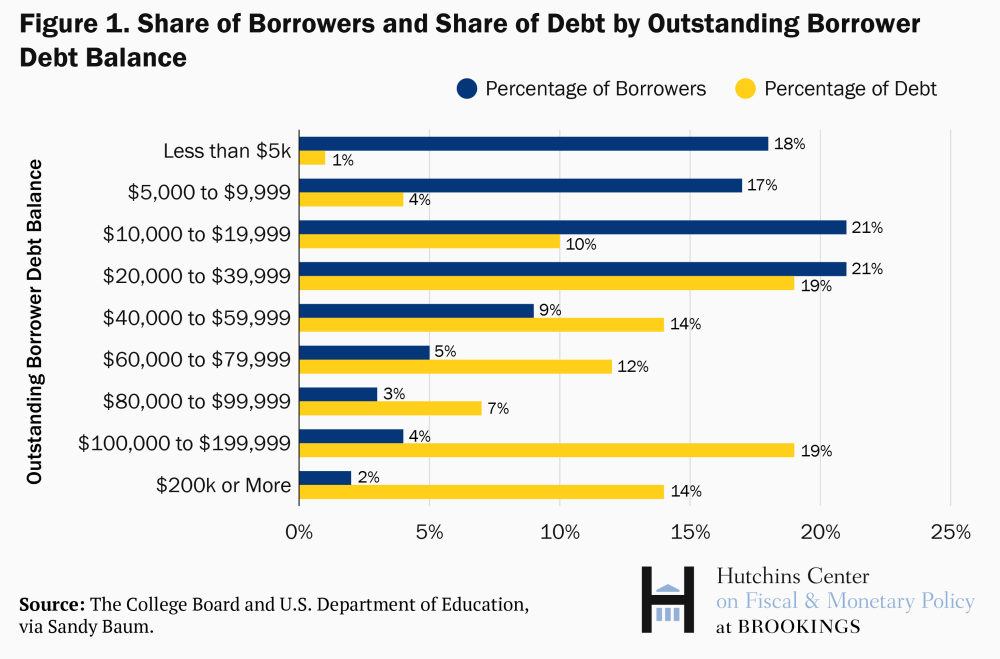
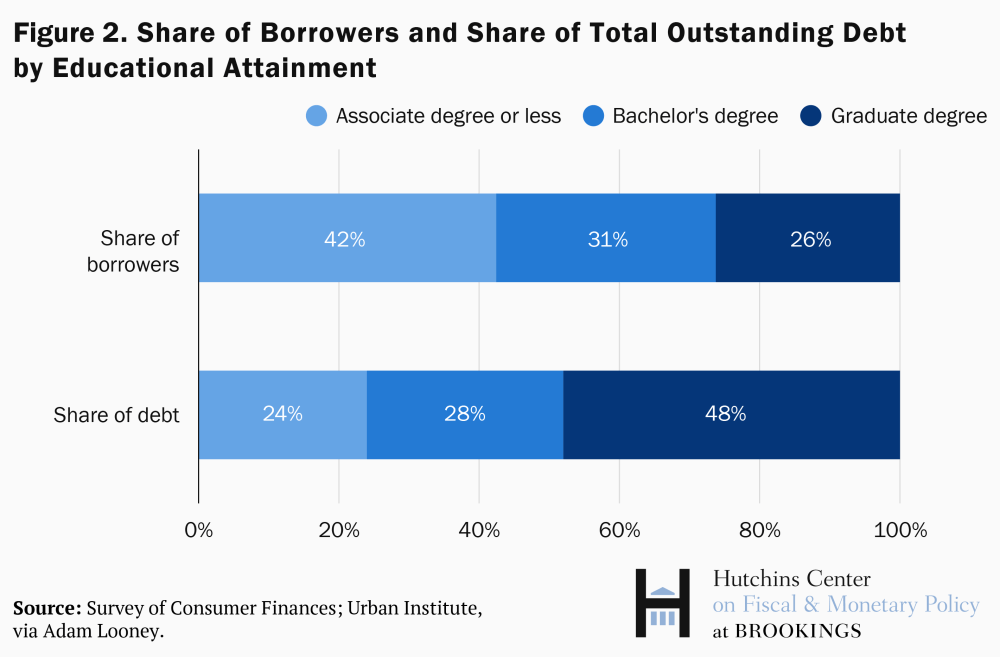
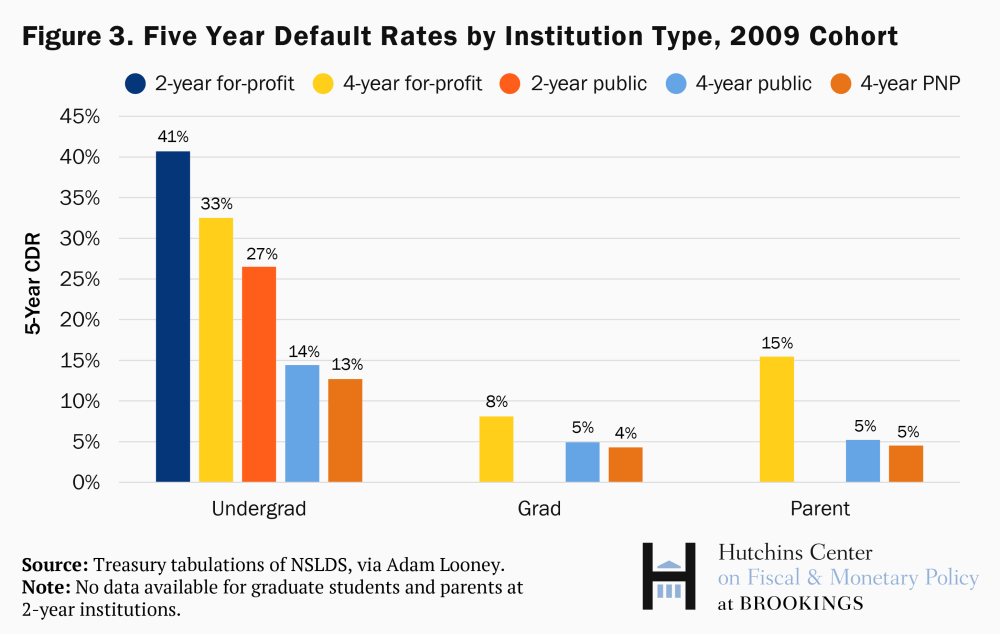

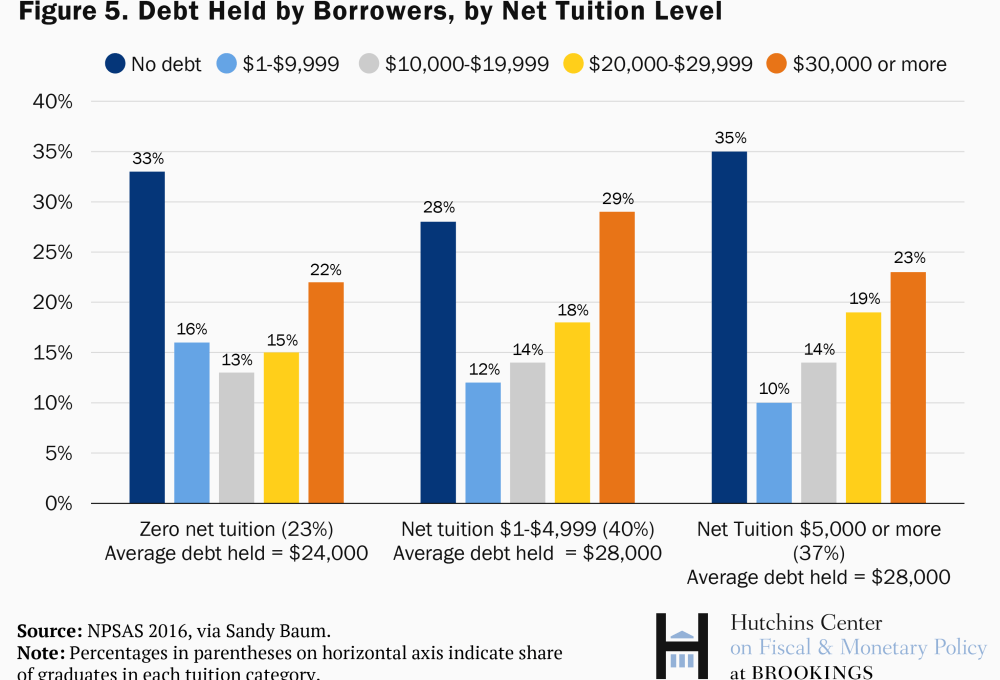






 Lloyd Marcus –
Lloyd Marcus –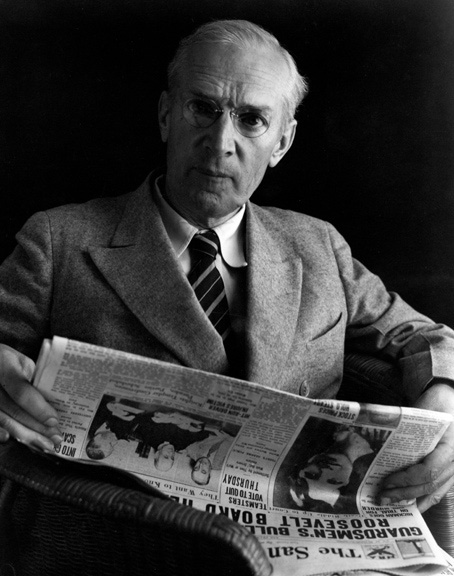


To find out the who, what, when and why of Common Core, look at my online 11-part series titled “Common Core.”